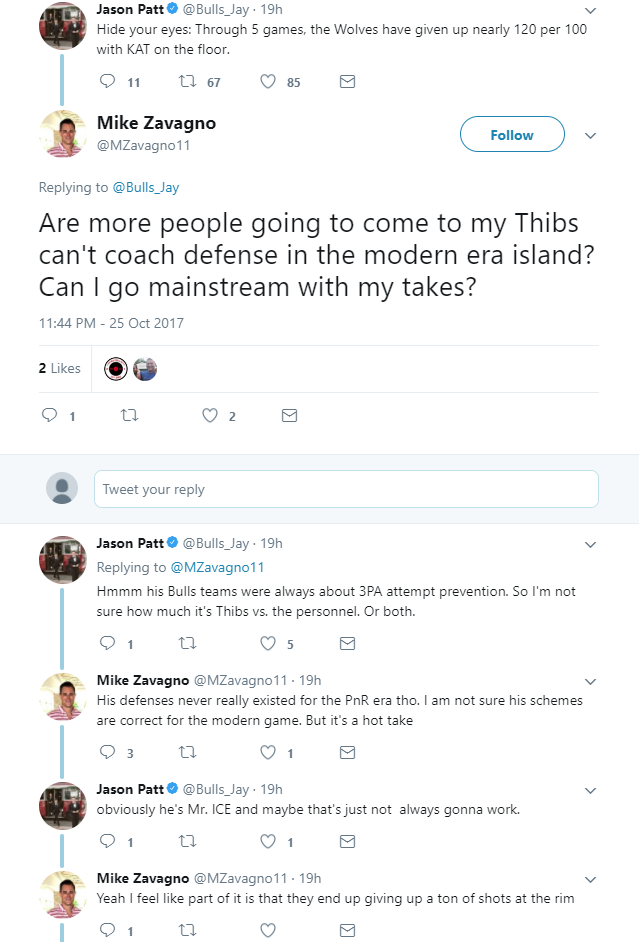Slap the Floor
Legend
- Joined
- Feb 20, 2014
- Messages
- 10,263
Program is not embarrassed by strong faces.
This is so cringe.
By registering with us, you'll be able to discuss, share and private message with other members of our community.
SignUp Now!
Program is not embarrassed by strong faces.
Ultimately, the combination of NBA rules and talent dictates that the offensive benefit gained by going small generally outweighs the defensive cost. However, it is important to keep in mind that this is just a tendency in a single year and is largely dependent on team personnel. For now, however, the apparent effectiveness of small ball indicates that this trend will likely accelerate.
And then everything will reverse. Some skilled 7 footer will dominate to a degree not seen since Wilt and everyone will try to mimic it by building giant lineups. Then we'll get sweet articles about the rise and effectiveness of giant-ballIn 10 years, all elite basketball players will be Nate Robinsons.
Looks like I’ll finally get my shot.
I think I agree with you, but without any data to back this up I think when you look at the "top" players in the NBA these days, relative to a a replacement player, elite guards can have a more sizeable impact on the game given recent rule changes that favor offense over defense. Thus in the regular season you see teams that can go small successfully having greater success than teams that are more big-focused. There are exceptions (Memphis is a great one, the Thunder, even the Spurs now would be one), but that's the trend.I don't agree with the conclusion of that article, which seems to simply ignore the contrary data from the playoffs because of the smaller sample size, but more data for more seasons would probably settle it. In the regular season, the teams that have the ability to use enough smaller, skilled players to put out a good smallball lineup are going against a lot of terrible rosters that can't even put out a decent smallball lineup. The Sixers with their big lineups are an obvious example, though they weren't totally terrible last season. Another example is the Nets, who would need to play Brook Lopez as much as possible to be competitive, since I assume he was their best overall player, which likely constrained them to play two-big lineups more often.
In the playoffs, there are none of those truly terrible teams with inflexible lineups. If you're going against a two-big lineup, it's something like Marc Gasol and Zach Randolph most of the time, rather than something with Jahlil Okafor or Timofey Mozgov in it. And apparently those two-big lineups in the playoffs last season outplayed the smallball lineups.
I'm pretty sure the eventual conclusion will be that if you have two really good bigs on your team, you should use them together, but most teams don't have two bigs that are better overall players than their four best guards or wings. Duke 2018 will likely be an example of this, assuming Trent isn't good and O'Connell is bad. Then again, Duke's talent level versus just about anyone else in college basketball, even the top teams besides Kentucky, is more similar to Warriors versus Nets than Warriors versus Cavs, so the regular season data is likely more translatable to Duke's situation. We just need more data.
You're an anti-vaxxer?Looks like I’ll finally get my shot.
